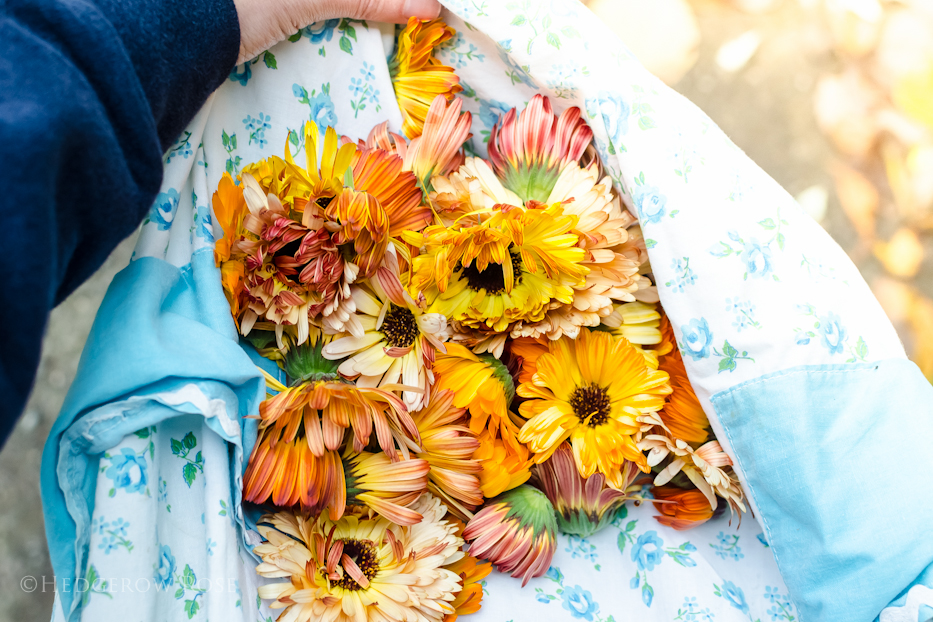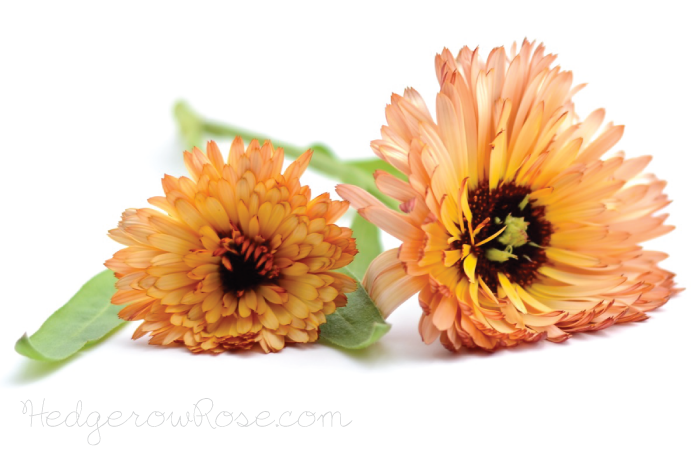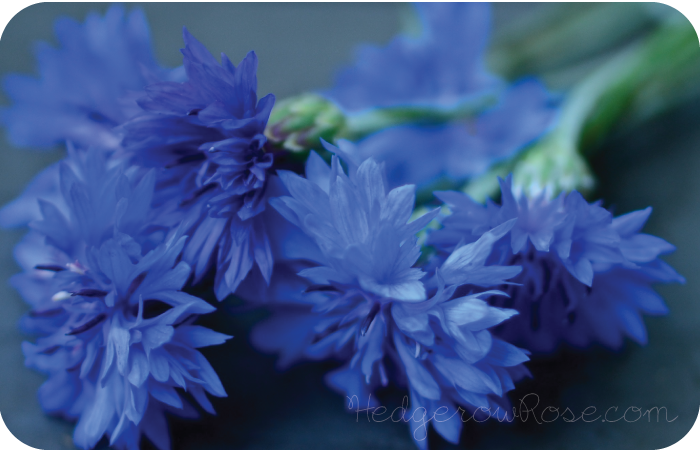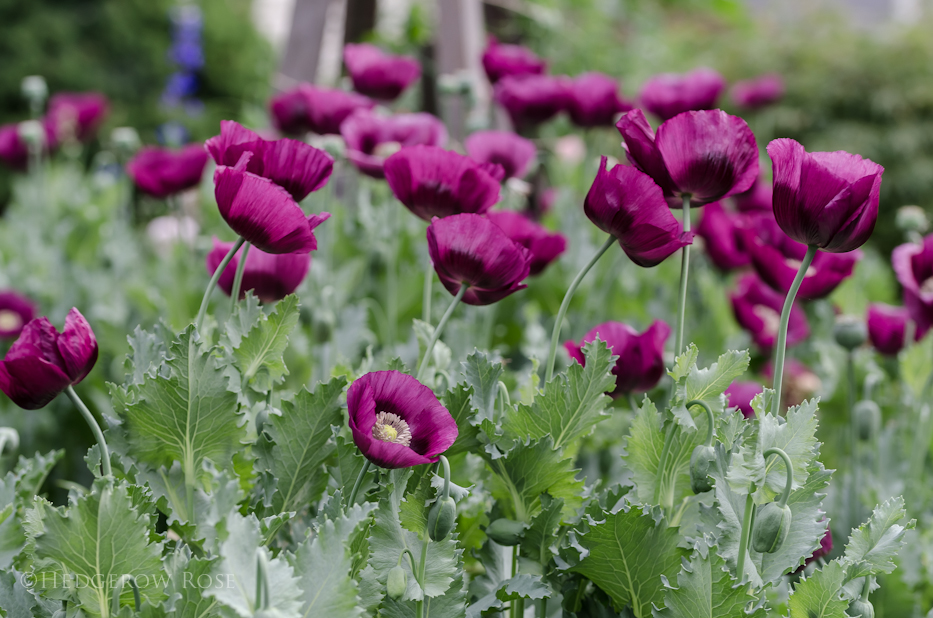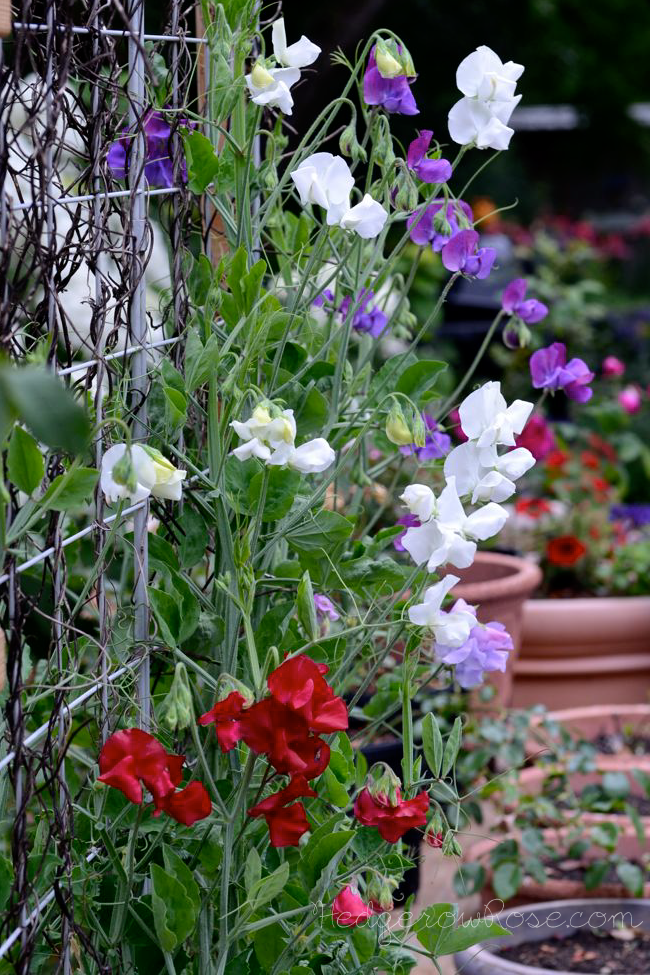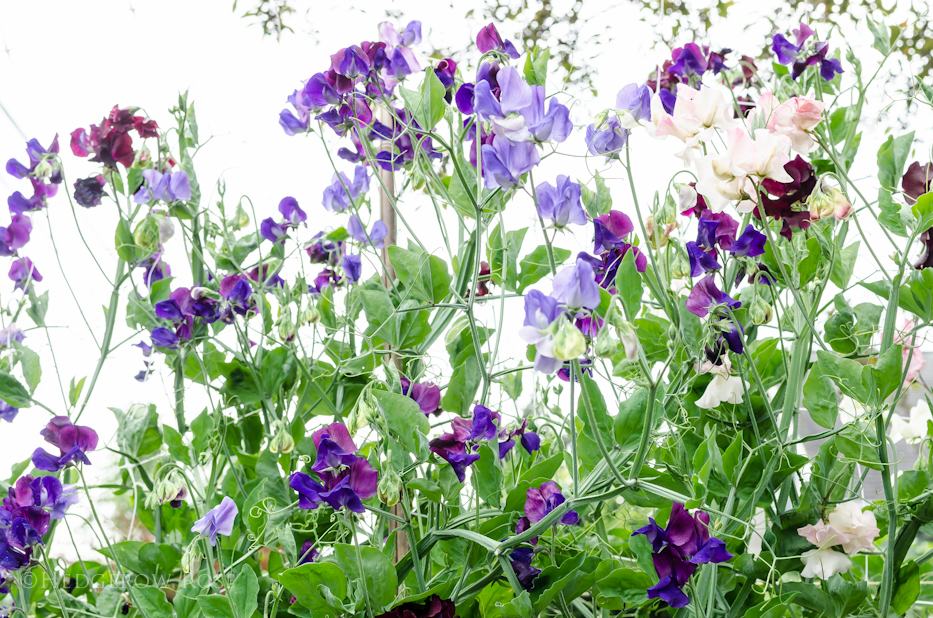Victorian Flowers: Growing Heliotrope

Last weekend we visited a local grower (so many greenhouses, so little time…) and I was beyond thrilled to find they had heliotrope plants for sale (just one left, actually). For some reason, this is a plant that is difficult to find, but once upon a time it was widely grown and beloved. Heliotrope is originally from Peru, and was introduced in the 18th century. The Victorians loved it, and in the language of flowers, heliotrope came to symbolize “devotion.” Heliotrope stems from the root word “Helios” as this plant loves light and the leaves will follow the sun throughout the day. A half-hardy perennial (I treat it as an annual in our zone 6 location), what I love most about heliotrope is it’s amazing scent. Also sometimes referred to as “cherry pie,” to me it’s reminiscent of vanilla and sugar and you can’t help but want to stick your nose in the flowers when you pass by. It’s such a beautiful fragrance, as a matter of fact, that the Victorians used white heliotrope in their perfumes. (For you collectors, there are still some beautiful original Victorian heliotrope perfume labels available for sale on places like Ebay and other shops).
Heliotrope can be grown from seed indoors, and transplanted outdoors after any danger of frost is past. They prefer a rich, well-drained soil that receives consistent watering and partial shade, especially in warmer climates (morning sun and afternoon shade is best). Heliotrope can be quite leggy, so make sure to pinch young tips to maintain a bushy shape. Dead-heading spent flowers will also encourage it to bloom all season as well as regular feedings with a fertilizer higher in phosphorus than nitrogen. If you have pets or small children, keep in mind that some varieties, Heliotropium arborescens in particular, is poisonous if ingested. Heliotrope can also be prone to powdery mildew, so do not crowd your plants. Like roses, they need good air circulation. Other than that, with minimal care, these gorgeous flowers will bloom from spring to fall and perfume the air with their heady scent.
Heliotrope is said to grow to approximately 2-3′ in height, however in our short growing season, mine do not get that large. Cuttings can be taken in the fall and grown indoors to plant out again in the following spring, although that can be a bit challenging. I prefer to compost my plants in the fall and buy new ones in the spring, but who knows, maybe this year I will try to winter some over indoors. There are over 250 species in this genus of Heliotropium and for a Victorian-style scent garden will combine nicely with plants like lavender, lemon verbena, stock, scented pelargoniums, and nicotiana to name a few.




